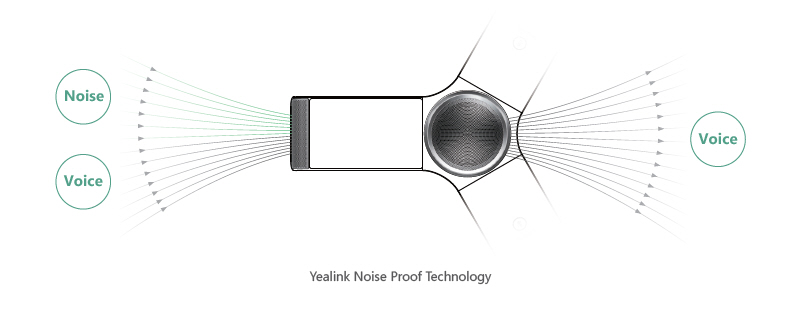Introduction
In the ever-evolving landscape of business communication, selecting the right SIP (Session Initiation Protocol) provider can make or break your VoIP phone system experience. With countless players in the market, each touting their unique offerings, how do you navigate these waters to find a reliable partner? This is where crafting an effective https://soundcurve.com/voip-phone-services/ Request for Proposal (RFP) comes into play. An RFP serves as a roadmap, guiding potential vendors to understand your specific needs and allowing them to present tailored solutions that align with your organizational goals.
This article delves into the nuances of crafting an effective RFP for choosing a reliable SIP provider. By the end of this comprehensive guide, you'll be equipped with actionable insights that will empower you to make informed decisions about your VoIP phone systems.
What Is an RFP?
Understanding the Concept of RFP
An RFP, or Request for Proposal, is a formal document issued by an organization when it seeks proposals from qualified vendors. The purpose is to outline project requirements and invite vendors to submit proposals detailing how they would fulfill those requirements.

Importance of RFP in Selecting SIP Providers
When it comes to selecting a reliable SIP provider, an effective RFP ensures that all parties are on the same page regarding expectations and deliverables. It helps in narrowing down choices and fosters a competitive environment where providers strive to meet your needs.
Crafting an Effective RFP for Choosing a Reliable SIP Provider
Key Components of Your RFP Document
Executive Summary: Provide context about your organization and why you're seeking a SIP provider.
Scope of Work: Clearly define what services you require from the SIP provider.
Budget Constraints: Mention any budget limitations that may influence proposal submissions.
Timeline: Specify key deadlines for proposal submission and project implementation.

Evaluation Criteria: Outline how you will assess vendor proposals.
Understanding Your Needs Before Writing an RFP
Assessing Current Communication Systems
Before diving into writing your RFP, it's essential to evaluate your existing communication infrastructure. Are there gaps in functionality? Are employees facing challenges with the current VoIP phone system?

Identifying Future Goals
What does your organization hope to achieve with a new SIP provider? Whether it’s improved call quality or advanced features like video conferencing, having clear goals will help shape your RFP.
Researching Potential Vendors
Market Analysis
Understanding the market landscape is crucial. Conduct thorough research on potential vendors who offer VoIP phone systems that suit your needs.
Vendor Reputation
Look for reviews and testimonials from existing customers. A provider's reputation can often be indicative of their reliability and service quality.
Structuring Your RFP Effectively
Introduction Section
Start with an introduction that succinctly explains what you're looking for in a SIP provider and why you're issuing this RFP.
Detailed Requirements Section
Be specific! Include technical specifications such as bandwidth requirements, call volume, and features like auto-attendant, call forwarding, etc., that align with your VoIP phone needs.
Evaluation Criteria for Proposals
Scoring System
Create a scoring system based on pre-defined criteria such as cost, service offerings, customer support, etc., which will help compare different proposals effectively.
In-Person Presentations
Consider requesting presentations from shortlisted vendors to gauge their understanding of your requirements better.
Common Pitfalls in Crafting an RFP
Lack of Clarity
Ambiguity can lead to miscommunication. Make sure every requirement is clearly defined within your document.
Overloading Information
While details are crucial, too much information can overwhelm potential vendors. Strive for balance; keep it concise yet comprehensive.
FAQs About Crafting an Effective RFP for Choosing a Reliable SIP Provider
What should I include in my executive summary?- Your executive summary should provide context about your organization’s needs and objectives related to finding a reliable SIP provider.
- Ideally, keep it between 5-15 pages; enough detail without overwhelming potential vendors.
- Analyze current expenditures on communication tools and consider future growth projections when determining budget constraints.
- Yes! Including technical specs helps ensure that providers understand the precise requirements needed for integration with existing systems.
- Use evaluation criteria like cost-effectiveness and customer support reputation to narrow down choices further.
- Engaging selected vendors informally can provide insight into what they offer before formalizing the selection process through an RFP.
Conclusion
Crafting an effective RFP for choosing a reliable SIP provider doesn't have to be daunting when approached systematically. By defining clear objectives, understanding market dynamics, structuring your document effectively, and evaluating responses thoughtfully, you position yourself favorably in selecting the right partner for enhancing your VoIP phone systems.
With this guide under your belt, you're now prepared not just to issue an RFP but also to attract top-tier providers who can elevate your business communications strategy significantly!
In summary—don’t shy away from putting effort into crafting detailed documents like RFPS; they are powerful tools that can lead you toward making sound business decisions while ensuring smooth collaboration along the way!